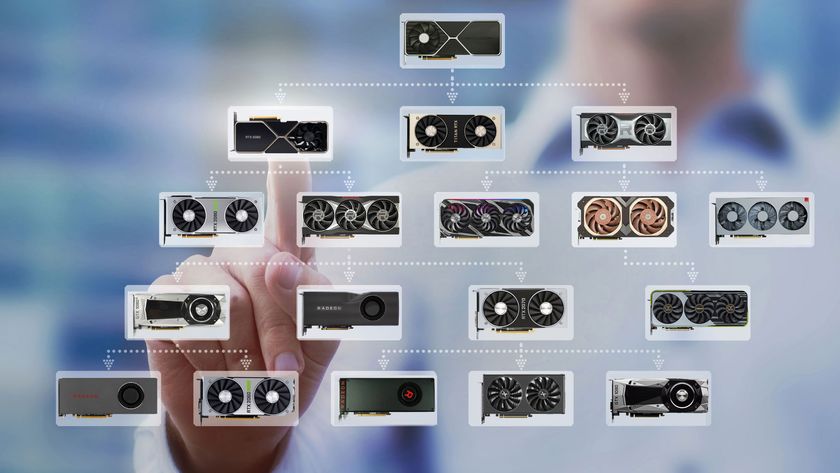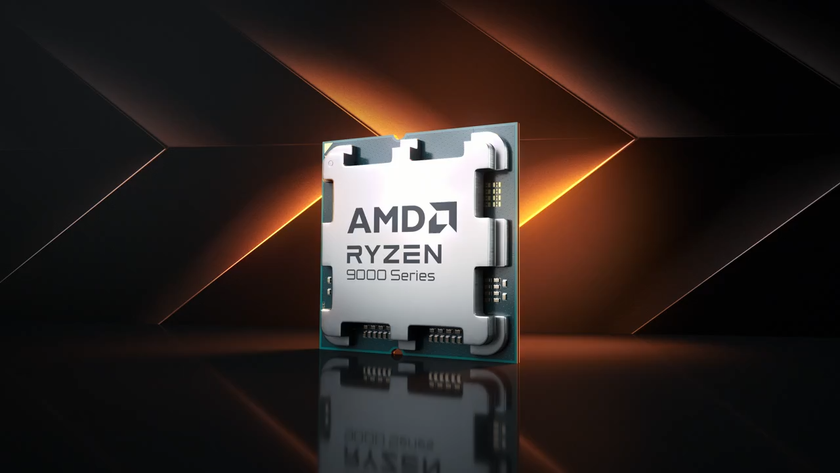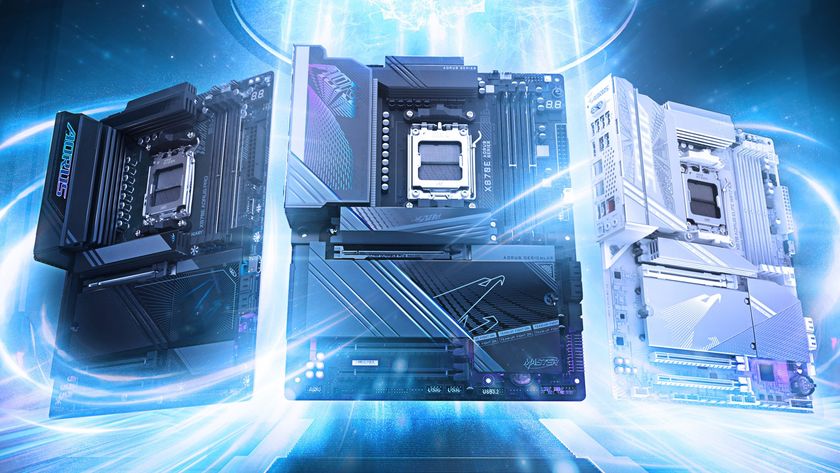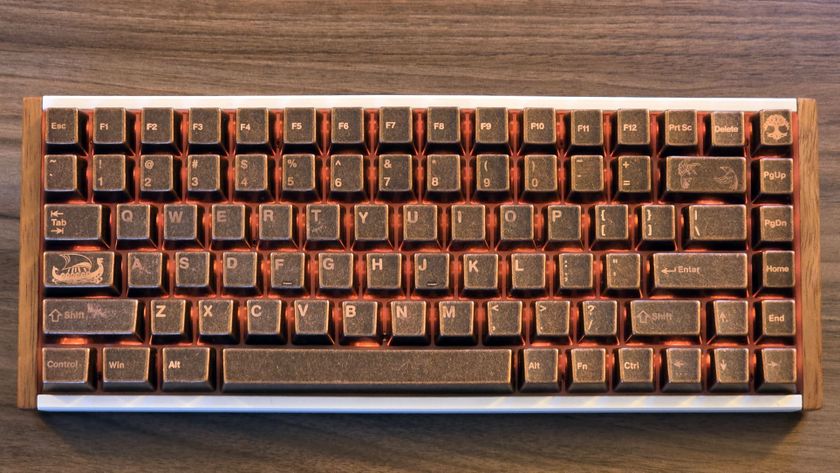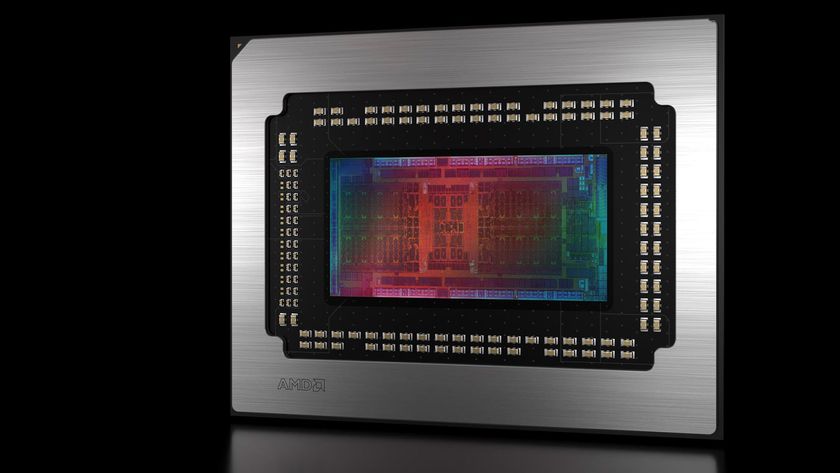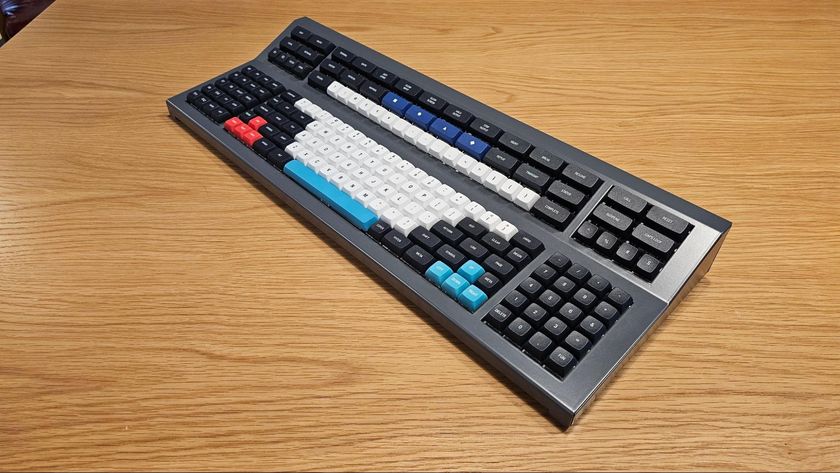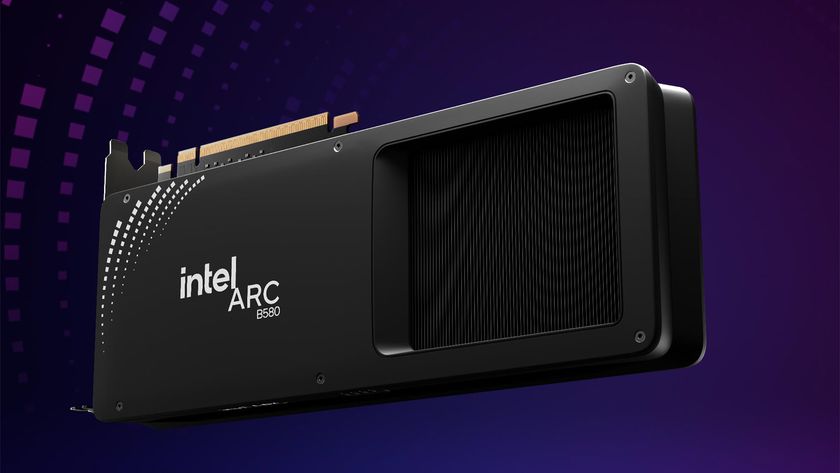AMD 790GX: RV610 For Enthusiasts?
A Chipset With its Own Software?
If 790GX were a three-part harmony, the chipset’s northbridge would be a tenor, the southbridge would lay down bass, and AMD’s updated software package would be the up-in-your-face soprano.
Why the big focus on an application? Well, hardware vendors generally exhibit a fair bit of trepidation when it comes to running their products out of spec. After all, when a piece of hardware gets pushed too far and snaps, neither enthusiast nor manufacturer wants to pay for the replacement. Consequently, companies like AMD, Intel, and Nvidia have historically taken an externally conservative approach to overclocking.
Wishing to better align themselves with enthusiasts, both AMD and Intel have slowly inched their way closer to the high-end customers buying the Extreme Edition CPUs and X2 graphics cards. The result now is almost a full-fledged effort to arm the community with tools to make overclocking as accessible as possible; hence AMD’s OverDrive and Intel’s Desktop Control Center.


You’ve Done Something Different With Your Hair
The first thing you’ll notice about OverDrive is that it’d been redesigned. A little less AMD corporate; a little more enthusiast-chic. Nevertheless, it incorporates similar functionality. You get four tabs up at the top for relaying System Information, viewing the Status Monitor, altering performance characteristics, and defining preferences. As expected, each page looks remarkably similar to the previous build.
The System Information page is viewable in a Basic, Detailed, or Diagrammed window — the former two carry-overs from AMD’s existing OverDrive utility and the latter a brand new top-down view of each platform component and attached peripheral. The Status Monitor tab offers a breakdown of processor status, GPU status, and board status, with real-time frequency, voltage, temperature, and utilization data.


Performance Control is where enthusiasts are naturally going to gravitate. You’ll find five tabs there, so long as you’re using the app in Advanced mode: Clock/Voltage, Memory, Benchmark, Stability Test, and Auto Clock. Access to the new Advanced Clock Calibration feature is available under the first tab, Clock/Voltage. Also under that menu are the processor multiplier, HyperTransport multiplier, HT reference clock, PCI Express clock, and voltage settings across the board. If you’re using integrated graphics, the GPU and side-port memory frequencies can also be tweaked using a slider on the same page. Flip to the Memory tab and you’ll be greeted with a list of settings more detailed than any motherboard BIOS. Everything from basic timings to drive strength settings to cycle times are there — 52 total settings to configure in the beta build of the software we’re using. Benchmark and Stability Test tabs let you evaluate the effects of your performance tweaks and stress the new settings to ensure you’re still working with a stable platform. Finally, an Auto-Clock menu gives OverDrive control of the overclocking process.
Stay On the Cutting Edge: Get the Tom's Hardware Newsletter
Get Tom's Hardware's best news and in-depth reviews, straight to your inbox.
The last sub-menu is Preferences. Naturally, you can switch between Novice and Advanced modes, save and load profiles, and open the RAIDXpert and Catalyst Control Panel apps. A Page List facilitates control over which of the OverDrive pages actually show up and define which can be changed by the user. A Device List serves as reference to the components installed.




Current page: A Chipset With its Own Software?
Prev Page AMD’s Peace Offering: SB750 Next Page Gigabyte’s MA790GP-DS4H-
kitsilencer Great review, and it's good to see that AMD is at last able to target more enthusiast markets competitively.Reply -
cangelini kitsilencerGreat review, and it's good to see that AMD is at last able to target more enthusiast markets competitively.Reply
Thanks for the feedback Kit. -
waffle911 So... why does a page 15 and 16 of this article exist if there is no page 15 or 16 to the article?Reply
Take a closer look. What happened? -
YYD PCMark seems Intel biased, please read this:Reply
http://arstechnica.com/reviews/hardware/atom-nano-review.ars/6
Please change this benchmark suite or check if PcMark Vantage is unbiased. -
cangelini waffle911So... why does a page 15 and 16 of this article exist if there is no page 15 or 16 to the article?Take a closer look. What happened?Reply
That was strange. Should be fixed now.
-
cangelini YYDPCMark seems Intel biased, please read this:http://arstechnica.com/reviews/har view.ars/6Please change this benchmark suite or check if PcMark Vantage is unbiased.Reply
Fortunately, with no Intel platforms tested, this should be a non-issue for the current situation ;-) In the future, you'll be seeing SYSmark, though. -
Seems past page 8 or something the links are corrupt.. can't fully read this article and getting error 404 - page not found.Reply
-
cangelini lacrits.. and now the article seems to be removed even from the main page!?!?!Reply
Alright, mystery solved. It's back up, sans the blank page. Thanks for pointing that out lacrits!
